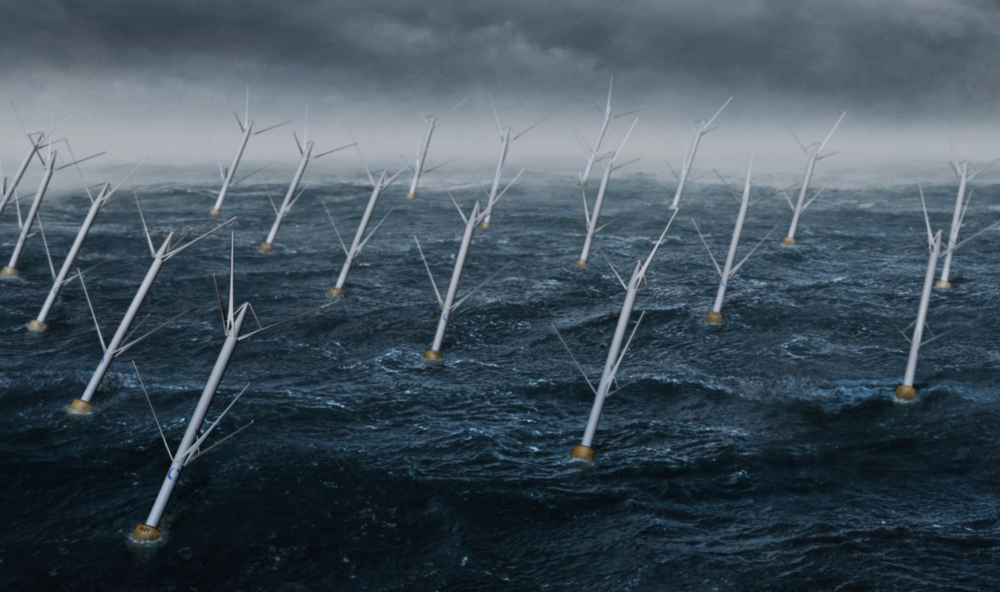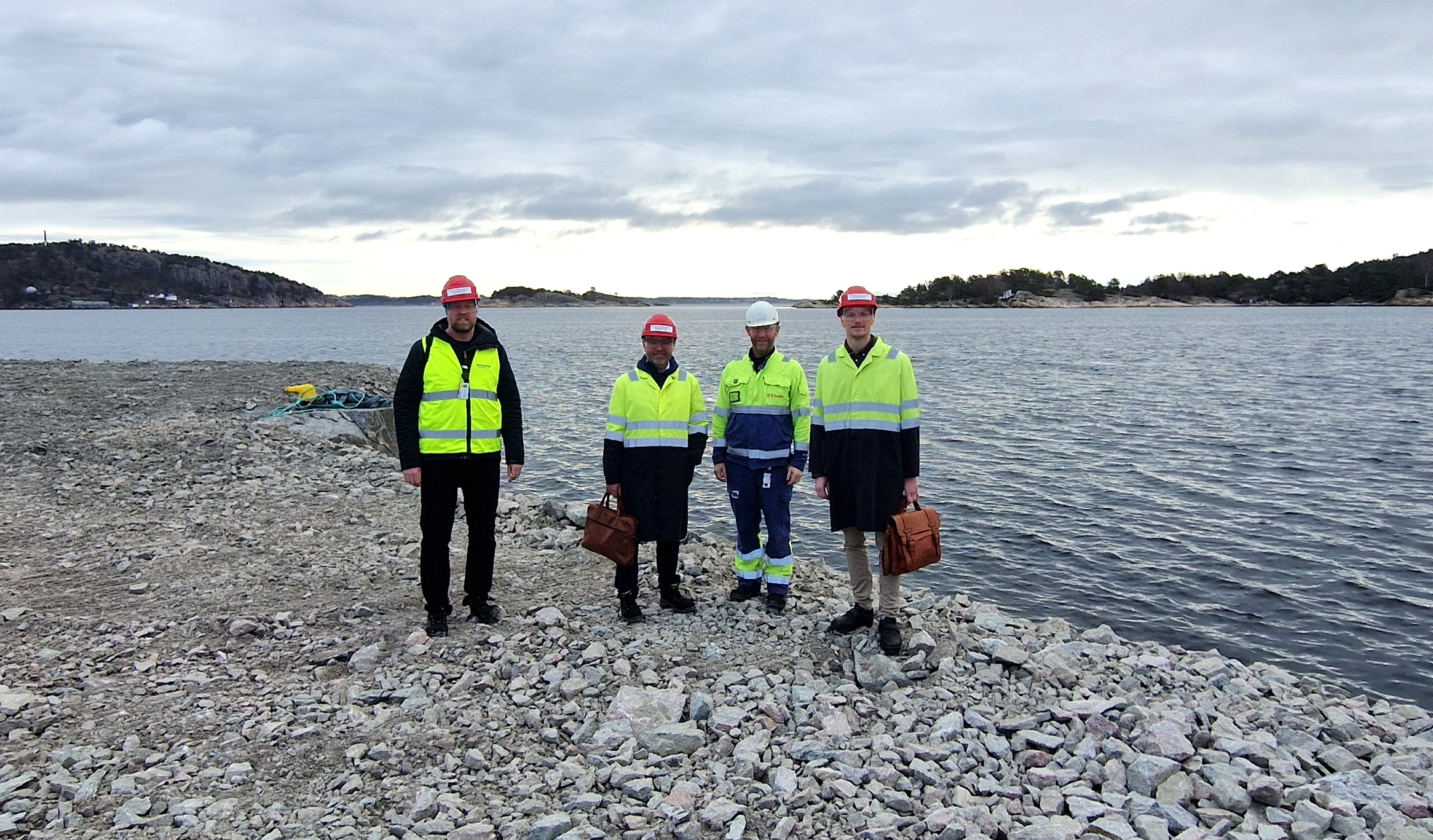Hydro, the world leading Norwegian aluminium and energy company and World Wide Wind AS, a Norwegian company developing a floating wind turbine, have signed a Letter of Intent to explore the use of aluminium in the renewable wind industry. The two Norwegian companies are partnering up to develop floating wind turbines with a design specifically meant for offshore conditions. The goal is to use sustainable and recyclable materials in the construction, including aluminium.
The collaboration comprises the following elements:
- Detailing of turbine design including the use of aluminium
- Production of prototypes
- Building a consortium of industrial partners
“Today, wind turbines used for offshore floating wind have more or less the same design as turbines meant for land- based wind. In effect we are moving a land-based technology offshore. In World Wide Wind we are developing a new type of floating wind turbine for deep waters, with significant benefits relative to current technology in terms of energy production, cost, scalability, and environmental footprint. The new design gives us an opportunity to use aluminium components in parts of the wind turbine structure,” says Trond Lutdal, CEO of World Wide Wind.
“Having Hydro as a partner in developing our turbine using sustainable materials as aluminium, is a big step forward for us. Use of local content will be part of our common strategy going forward,” Lutdal continues.
“Hydro sees the potential for increased aluminium in many industries, including wind power. For Hydro this is an entry into the wind turbine production chain and at the same time we are strengthening our position within renewable energy,” says Trond Furu, Research Manager at Norsk Hydro Corporate Technology.
Each party will assign resources to form a collaboration team, that will plan and detail relevant activities and actions.
World Wide Wind’s integrated floating wind turbines are scalable up to 40MW – 2,5 times current wind turbines – and will use less materials and have a smaller CO2 footprint than conventional turbines. It is World Wide Wind’s ambition that these turbines will represent future design for floating wind turbine design.



